
Buying organic tea or coffee online? Find your coffee beans & tea here!
Matcha, Earl Grey, Rooibos...the history of tea
According to one of the most popular legends on the history of tea, the Chinese Emperor Shennong serendipitously discovered tea around 3,000 BC. He was about to drink a beaker of heated water – water for drinking was always boiled to kill any bacteria – when a few leaves from an overhanging tree wafted into his cup and coloured the water. He decided to try the drink and he liked its taste.
While this legend might sound appealing, it’s not very likely. Unprocessed tealeaves are hard and heated water is not able to extract the substance that we all know as tea.
Read more: What is the story behind the discovery of tea? ...
Historical research has shown that minority groups in the Yunnan region, close to Vietnam, once used tealeaves as a medicine. They considered it to be a beneficial ingredient in their meals and, like other fruits and herbs, they added it to salads. They were a nomadic people and so spread the story of tea as medicine, and wherever they went they took the seeds of the camellia sinensis – the plant that has given rise to all varieties of tea – with them, planting the curative tea plants wherever they briefly settled.
But the history of tea as a drink starts only in the 4th century, when the first traceable references to tea appeared in a dictionary. It was only two centuries later that tea became such a popular drink in China. At that stage it was still drunk for its beneficial effects – drinkers felt both fitter and healthier, and it was also refreshing.
The first tea – Pu-erh tea or tea bricks
The first ever tea was a fermented tea, the famous Pu-erh tea or tea bricks, named for its shape. The tealeaves are compressed together into a brick, and pieces are broken off it to brew tea. The unique shape was also because it was easier to transport in that form. Blocks were piled on top of each other, making it easier to move than loose leaves when in carts. The bricks were evidently also used as currency. Pu-erh tea is today also available in teabags but in the Orient it is still primarily sold in bricks.
Pu-erh tea was not just drunk as tea. People would also break off a piece, crush it finely and mix it with fruit, vegetables and herbs and cook up a brew.
From white tea to green tea
All teas are derived from a single bush, the camellia sinensis, which can grow to the size of a tree (15-20 meters). This bush, also known as a tea plant, provides six different types of tea, depending on when its leaves are harvested or how they are processed:
- White tea
White tea is not made from tealeaves but from the buds of the plant – the immature leaves. White tea has a gentle flavour because the tea is not oxidised, as the tealeaves have not opened yet so have not come into contact with oxygen. - Black tea
Black tea consists of tealeaves that are fully oxidised. Black tea is called ‘red tea’ in China, because the infusion has a reddish colour. - Green tea
Green tea is made from the tips and the first two tea leaves. Here you can read more on Japanse tea versus Chinese tea. - Yellow tea
Yellow tea is very similar to green tea, with the only small difference being in the production process when the yellow tea is briefly steamed before being placed under moist sheets so that it can breathe while drying. This gives yellow tea a less ‘grassy’ taste than green tea. - Oolong tea
Oolong tea is half-fermented tea with a flavour somewhere between black and green tea.
- Pu-erh tea
Pu-erh tea is wholly fermented. It is the oldest known type of tea and has an earthy taste. Because it is fermented it aids digestion and is also known as a slimming tea.
How much tea can you drink a day?
It is recommended that you limit the number of cups of tea you drink daily. Like coffee, tea contains caffeine and stimulates the central nervous system.
The amount of tea you may drink daily depends on the type of tea. In order to gain greater insight into the caffeine content we studied tea sommelier Ann Vansteenkiste’s masterpiece. In her book De Stille Kracht van Thee (The Silent Power of Tea) she explains that the caffeine in coffee is absorbed more quickly – which is why people often have a ‘caffeine shot’ of coffee when confronted with an afternoon dip in energy levels – and that tea releases its theine slower and over a longer period, which is better for your body.
Ann also says that the maximum recommended daily dose of caffeine is around 300 mg – just three cups of coffee, four cups of black tea or ten cups of green tea. If you use the same tealeaves throughout the day, you can naturally drink a lot more tea.
|
White tea |
6 – 25 mg/cup |
|
Green tea |
8 – 30 mg/cup |
|
Oolong |
12 – 55 mg/cup |
|
Black tea |
25 – 110 mg/cup |
|
Coffee |
50 – 120 mg/cup |
Source: De stille kracht van thee – Ann Vansteenkiste (The Silent Power of Tea)
- Bloomy Turmeric Tea, 18 double chamber bag, 36g, organicwas €4.25 Incl. Tax Special Price €3.40Quickview
Tea
The history of tea
According to one of the most popular legends on the history of tea, the Chinese Emperor Shennong serendipitously discovered tea around 3,000 BC. He was about to drink a beaker of heated water – water for drinking was always boiled to kill any bacteria – when a few leaves from an overhanging tree wafted into his cup and coloured the water. He decided to try the drink and he liked its taste.
While this legend might sound appealing, it’s not very likely. Unprocessed tealeaves are hard and heated water is not able to extract the substance that we all know as tea.
So what is the story behind the discovery of tea?
Historical research has shown that minority groups in the Yunnan region, close to Vietnam, once used tealeaves as a medicine. They considered it to be a beneficial ingredient in their meals and, like other fruits and herbs, they added it to salads. They were a nomadic people and so spread the story of tea as medicine, and wherever they went they took the seeds of the camellia sinensis – the plant that has given rise to all varieties of tea – with them, planting the curative tea plants wherever they briefly settled.
But the history of tea as a drink starts only in the 4th century, when the first traceable references to tea appeared in a dictionary. It was only two centuries later that tea became such a popular drink in China. At that stage it was still drunk for its beneficial effects – drinkers felt both fitter and healthier, and it was also refreshing.
The first tea – Pu-erh tea or tea bricks
The first ever tea was a fermented tea, the famous Pu-erh tea or tea bricks, named for its shape. The tealeaves are compressed together into a brick, and pieces are broken off it to brew tea. The unique shape was also because it was easier to transport in that form. Blocks were piled on top of each other, making it easier to move than loose leaves when in carts. The bricks were evidently also used as currency. Pu-erh tea is today also available in teabags but in the Orient it is still primarily sold in bricks.
Pu-erh tea was not just drunk as tea. People would also break off a piece, crush it finely and mix it with fruit, vegetables and herbs and cook up a brew.
From white tea to green tea
All teas are derived from a single bush, the camellia sinensis, which can grow to the size of a tree (15-20 meters). This bush, also known as a tea plant, provides six different types of tea, depending on when its leaves are harvested or how they are processed:
- White tea
White tea is not made from tealeaves but from the buds of the plant – the immature leaves. White tea has a gentle flavour because the tea is not oxidised, as the tealeaves have not opened yet so have not come into contact with oxygen. - Black tea
Black tea consists of tealeaves that are fully oxidised. Black tea is called ‘red tea’ in China, because the infusion has a reddish colour. - Green tea
Green tea is made from the tips and the first two tealeaves. - Yellow tea
Yellow tea is very similar to green tea, with the only small difference being in the production process when the yellow tea is briefly steamed before being placed under moist sheets so that it can breathe while drying. This gives yellow tea a less ‘grassy’ taste than green tea. - Oolong tea
Oolong tea is half-fermented tea with a flavour somewhere between black and green tea.
- Pu-erh tea
Pu-erh tea is wholly fermented. It is the oldest known type of tea and has an earthy taste. Because it is fermented it aids digestion and is also known as a slimming tea.
How much tea can you drink a day?
It is recommended that you limit the number of cups of tea you drink daily. Like coffee, tea contains caffeine and stimulates the central nervous system.
The amount of tea you may drink daily depends on the type of tea. In order to gain greater insight into the caffeine content we studied tea sommelier Ann Vansteenkiste’s masterpiece. In her book De Stille Kracht van Thee (The Silent Power of Tea) she explains that the caffeine in coffee is absorbed more quickly – which is why people often have a ‘caffeine shot’ of coffee when confronted with an afternoon dip in energy levels – and that tea releases its theine slower and over a longer period, which is better for your body.
Ann also says that the maximum recommended daily dose of caffeine is around 300 mg – just three cups of coffee, four cups of black tea or ten cups of green tea. If you use the same tealeaves throughout the day, you can naturally drink a lot more tea.
|
White tea |
6 – 25 mg/cup |
|
Green tea |
8 – 30 mg/cup |
|
Oolong |
12 – 55 mg/cup |
|
Black tea |
25 – 110 mg/cup |
|
Coffee |
50 – 120 mg/cup |
Source: De stille kracht van thee – Ann Vansteenkiste (The Silent Power of Tea)





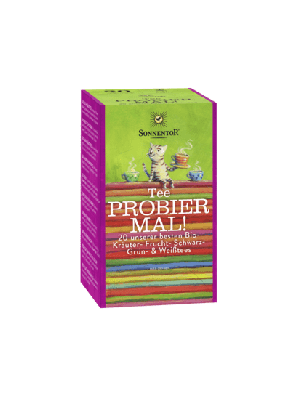
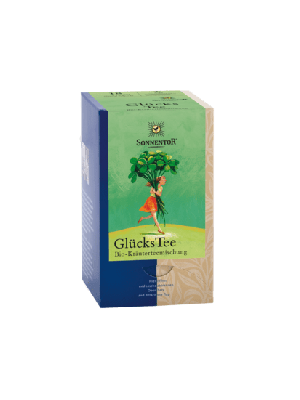
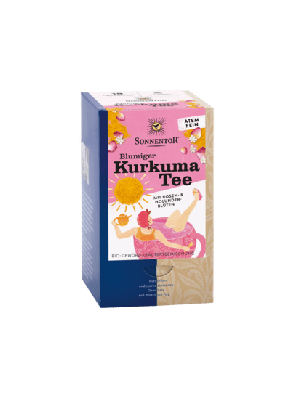
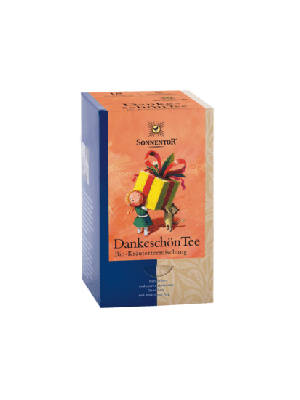
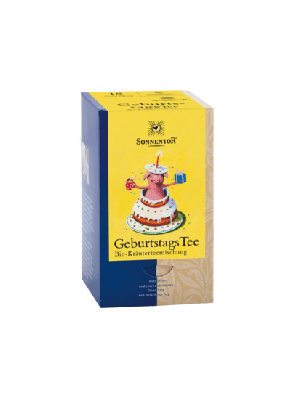
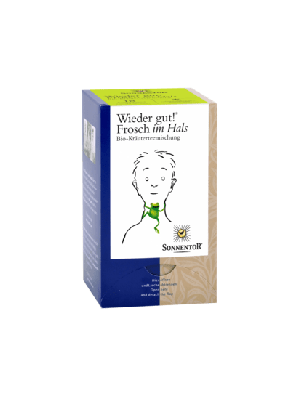
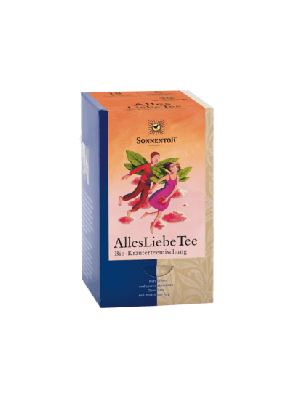
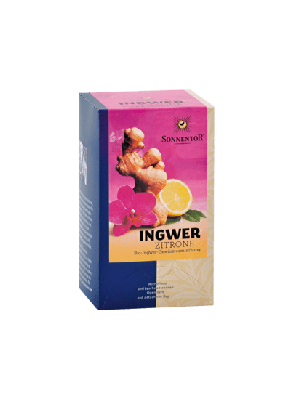
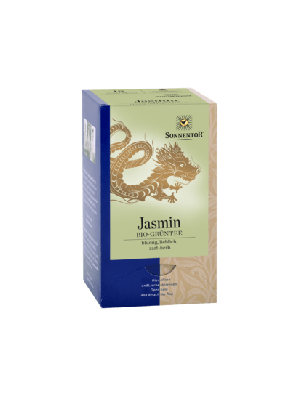
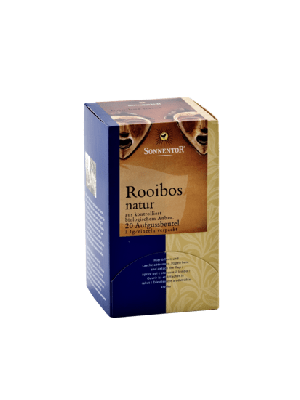
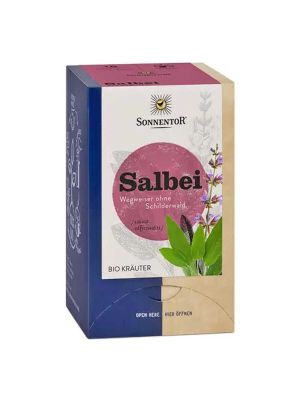
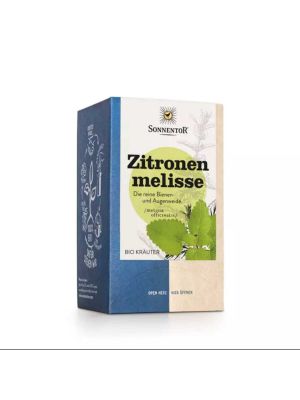
























The information below is required for social login
Sign In
Create New Account